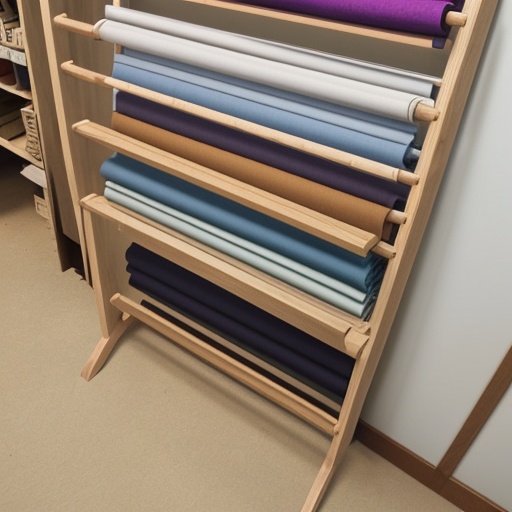Sewing is a craft that thrives on precision. Whether you are piecing together a patchwork quilt or tailoring a garment, the accuracy of your cuts can make or break the final product. Enter the rotary cutter, a tool that has revolutionized the way sewists approach fabric cutting. If you haven’t yet embraced this sharp companion, it’s time to explore the benefits rotary cutters bring to your sewing projects.
What Is a Rotary Cutter?
At its core, a rotary cutter is a handheld tool featuring a circular blade that spins as you glide it across fabric. Unlike traditional scissors, which require opening and closing with each snip, the rotary cutter rolls smoothly over materials, delivering continuous cuts. Designed initially for quilters, it has become a staple for all kinds of sewing enthusiasts seeking speed and precision.
Why Choose a Rotary Cutter for Sewing?
1. Superior Precision and Clean Edges
Rotary cutters excel in creating clean, straight edges. The sharp circular blade slices through multiple layers of fabric effortlessly, reducing jagged edges and fraying. This precision is critical for patchwork, applique, and any project where perfect alignment of pieces is essential.
2. Efficiency and Speed
Cutting fabric with scissors can be a slow, repetitive process, especially when dealing with many layers or large pieces. Rotary cutters allow for swift, uninterrupted cuts, which means you spend less time preparing and more time sewing. For those working on large projects or production sewing, this efficiency translates into significant time savings.
3. Versatility Across Fabrics and Patterns
Rotary cutters handle a wide range of fabrics, from delicate silks to thick denim. With the appropriate blade, you can cut through several layers at once, maintaining consistent shapes and sizes. This versatility is invaluable when working with complex patterns or multiple repeats.
4. Reduced Hand Fatigue
Scissors require constant squeezing, which can lead to hand cramps and fatigue during extended cutting sessions. Rotary cutters demand less force because the blade rolls smoothly along the fabric. This ergonomic advantage makes them an excellent choice for those with arthritis or repetitive strain injuries.
Essential Accessories for Optimal Use
To maximize the benefits of rotary cutters, pairing them with the right accessories is key.
- Cutting Mat: A self-healing cutting mat protects your surfaces and extends blade life. It also features grid lines for precise measurements.
- Rulers: Clear acrylic rulers help guide your rotary cutter for straight or angled cuts.
- Replacement Blades: Keeping spare blades on hand ensures your cutter remains sharp and efficient.
Tips for Safe and Effective Rotary Cutting
While rotary cutters are user-friendly, safety and technique matter.
- Always use a sharp blade. Dull blades increase the risk of slipping.
- Cut away from your body and keep fingers clear of the blade path.
- Engage the blade guard when not in use.
- Apply even pressure and move the cutter steadily for smooth cuts.
- Use rulers with non-slip backing for stability.
Comparing Rotary Cutters to Scissors: When to Use Which
Rotary cutters are not a wholesale replacement for scissors. For curved cuts, intricate shapes, or trimming thread, scissors remain indispensable. However, for straight lines, long cuts, and multiple layers, rotary cutters outperform scissors in speed and accuracy.
Conclusion: Elevate Your Sewing with Rotary Cutters
In the intricate dance of fabric, thread, and needle, precision is your choreographer. Rotary cutters offer sewists a powerful tool to enhance accuracy, efficiency, and comfort. By integrating a rotary cutter into your sewing arsenal, you open the door to sharper edges, faster preparation, and ultimately, a more polished finish.
Unravel the potential of your sewing projects with the smooth, precise glide of a rotary cutter. Your creative journey deserves tools that keep pace with your vision.
For those ready to upgrade their sewing toolkit, consider investing in a quality rotary cutter and experience firsthand how it transforms your cutting process. Happy sewing!





